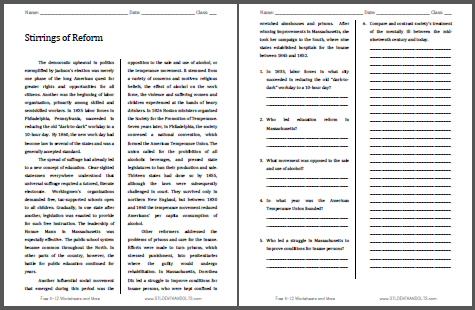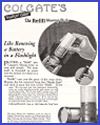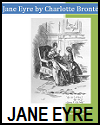The democratic upheaval in politics exemplified by Jackson's election was merely one phase of the long American quest for greater rights and opportunities for all citizens. Another was the beginning of labor organization, primarily among skilled and semiskilled workers. In 1835 labor forces in Philadelphia, Pennsylvania, succeeded in reducing the old "dark-to-dark" workday to a 10-hour day. By 1860, the new work day had become law in several of the states and was a generally accepted standard.
The spread of suffrage had already led to a new concept of education. Clear-sighted statesmen everywhere understood that universal suffrage required a tutored, literate electorate. Workingmen's organizations demanded free, tax-supported schools open to all children. Gradually, in one state after another, legislation was enacted to provide for such free instruction. The leadership of Horace Mann in Massachusetts was especially effective. The public school system became common throughout the North. In other parts of the country, however, the battle for public education continued for years.
 Another influential social movement that emerged during this period was the opposition to the sale and use of alcohol, or the temperance movement. It stemmed from a variety of concerns and motives: religious beliefs, the effect of alcohol on the work force, the violence and suffering women and children experienced at the hands of heavy drinkers. In 1826 Boston ministers organized the Society for the Promotion of Temperance. Seven years later, in Philadelphia, the society convened a national convention, which formed the American Temperance Union. The union called for the prohibition of all alcoholic beverages, and pressed state legislatures to ban their production and sale. Thirteen states had done so by 1855, although the laws were subsequently challenged in court. They survived only in northern New England, but between 1830 and 1860 the temperance movement reduced Americans' per capita consumption of alcohol.
Another influential social movement that emerged during this period was the opposition to the sale and use of alcohol, or the temperance movement. It stemmed from a variety of concerns and motives: religious beliefs, the effect of alcohol on the work force, the violence and suffering women and children experienced at the hands of heavy drinkers. In 1826 Boston ministers organized the Society for the Promotion of Temperance. Seven years later, in Philadelphia, the society convened a national convention, which formed the American Temperance Union. The union called for the prohibition of all alcoholic beverages, and pressed state legislatures to ban their production and sale. Thirteen states had done so by 1855, although the laws were subsequently challenged in court. They survived only in northern New England, but between 1830 and 1860 the temperance movement reduced Americans' per capita consumption of alcohol.
Other reformers addressed the problems of prisons and care for the insane. Efforts were made to turn prisons, which stressed punishment, into penitentiaries where the guilty would undergo rehabilitation. In Massachusetts, Dorothea Dix led a struggle to improve conditions for insane persons, who were kept confined in wretched almshouses and prisons. After winning improvements in Massachusetts, she took her campaign to the South, where nine states established hospitals for the insane between 1845 and 1852.
Answer Key: (1) Philadelphia, Pennsylvania; (2) Horace Mann; (3) temperance; (4) 1833; (5) Dorothea Dix; (6) Answers will vary.
Click here to print.
|
 Another influential social movement that emerged during this period was the opposition to the sale and use of alcohol, or the temperance movement. It stemmed from a variety of concerns and motives: religious beliefs, the effect of alcohol on the work force, the violence and suffering women and children experienced at the hands of heavy drinkers. In 1826 Boston ministers organized the Society for the Promotion of Temperance. Seven years later, in Philadelphia, the society convened a national convention, which formed the American Temperance Union. The union called for the prohibition of all alcoholic beverages, and pressed state legislatures to ban their production and sale. Thirteen states had done so by 1855, although the laws were subsequently challenged in court. They survived only in northern New England, but between 1830 and 1860 the temperance movement reduced Americans' per capita consumption of alcohol.
Another influential social movement that emerged during this period was the opposition to the sale and use of alcohol, or the temperance movement. It stemmed from a variety of concerns and motives: religious beliefs, the effect of alcohol on the work force, the violence and suffering women and children experienced at the hands of heavy drinkers. In 1826 Boston ministers organized the Society for the Promotion of Temperance. Seven years later, in Philadelphia, the society convened a national convention, which formed the American Temperance Union. The union called for the prohibition of all alcoholic beverages, and pressed state legislatures to ban their production and sale. Thirteen states had done so by 1855, although the laws were subsequently challenged in court. They survived only in northern New England, but between 1830 and 1860 the temperance movement reduced Americans' per capita consumption of alcohol.













